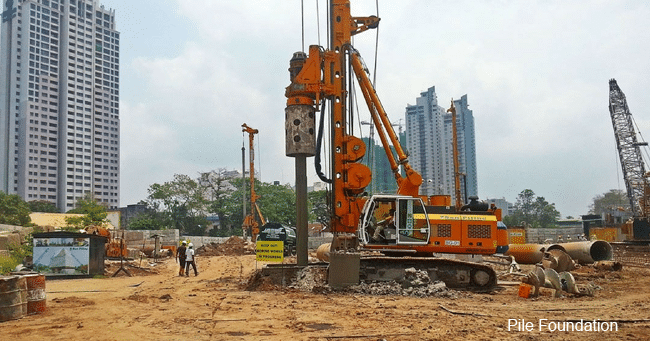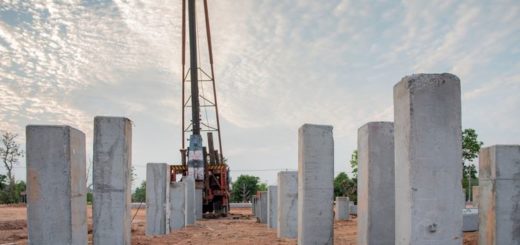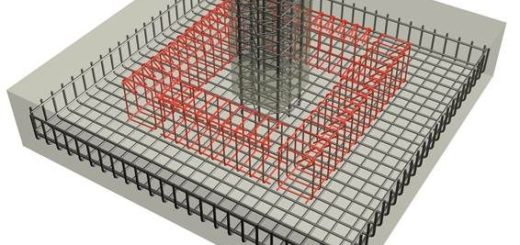Advantages and Disadvantages of Pile Foundations
Pile foundations are commonly used for structures that are located in soils of low bearing capacity or require additional support due to seismic or soil stability issues. Civil engineers should understand the advantages and disadvantages of pile foundations to ensure successful projects that are both cost-effective and sustainable.
This article provides an overview of the potential benefits and drawbacks associated with pile foundations while outlining considerations for civil engineers to ensure effective use.
Pile foundations offer certain advantages over other foundation types in certain situations. For example, they are well suited for sites with weak or compressible soils that cannot support the loads from a traditional foundation system.
They can also be used to support structures in seismically active regions or areas with a high water table. Pile foundations are also relatively easy to install and can be used to support both new construction and existing structures.
Despite the advantages offered by pile foundations, there are also certain disadvantages that should be considered. Pile foundations can be more expensive than other foundation types, especially if special materials or Installation methods are required.
They also require careful planning and design to ensure that the loads are properly supported and the foundation does not settle unevenly. In some cases, the use of pile foundations can also lead to increased vibration and noise levels.
Considering the advantages and disadvantages of pile foundations, civil engineers must carefully evaluate the specific needs of each project to ensure the most effective and sustainable solution. Pile foundations can provide a number of benefits but their successful implementation depends on a thorough understanding of the potential drawbacks and ensuring that these are mitigated through careful planning and design.
Pile foundations are commonly used for structures, but what are the advantages and disadvantages of using them?
Pile foundations offer many advantages, such as being well suited for sites with weak or compressible soils, being able to support structures in seismically active regions or areas with a high water table, being relatively easy to install, and being able to support both new construction and existing structures. However, there are also certain disadvantages of pile foundations, such as being more expensive, requiring careful planning and design, increased vibration and noise levels, and being difficult to change or remove.
Advantages of Pile Foundations
- Not like shallow foundations such as pad footings, raft foundations, etc., the settlement of the foundations is minimal or zero in cast in-situ boar piles. A certain settlement could be expected for the driven piles.
- Mostly the pile foundations are socketed into the rock or rested on the hard soil strata, structural stability against loads such as earthquakes would be safer.
- When the condition of the ground is weak or when there are loads on a structure that are not bearable by the soil bearing capacity, the solution becomes the pile foundation.
- Construction of piles can be done in any ground condition. Whether there are weak soil layers or not, piles can be constructed as friction piles or socketed piles on the rock.
- There are many types of pile foundations such as cast in situ bored piles, precast driven piles, timber piles, micro piles, etc.
- Precast piles and micro piles are readily available or can be made before the construction of the foundation as per the design requirements.
Disadvantages of Pile Foundations
- Pile foundations are constructed to deeper levels under the ground. There are many difficulties in maintaining the quality of construction though there are many methods to ensure the construction quality and testing methods to be carried out after the construction.
- Pile foundations could not be economical when compared to the other types of shallow foundations. Construction of pile caps, and ground beams, would require additional cost.
- Not like shallow foundations, lots of testing is required to make sure the pile can be loaded and can safely transfer loads of the superstructure to the ground.
- Highly qualified and experienced staff is required for construction.
- High-tech machines are required for construction.
- Construction time is comparatively higher.




